Pamukkale, also known as “cotton castle” in Turkish, is a natural wonder in Denizli, Turkey. The flowing water has left behind a carbonate mineral well known for its healing power. Pamukkale is much much more than hot springs, and we’ll tell you about all the fun things to do there in this blog! It’s in Turkey’s Inner Aegean region, in the Menderes Valley, and the weather is pleasant for the majority of the year.
Turkey is a large country, and most visitors do not make it to the Pamukkale hot springs because they are located fairly far away from Turkey.
Turkey Tour Package Starting @ ₹52,448
What’s so special about Pamukkale?
Pamukkale is worthwhile to visit for a variety of reasons, mainly for its ancient history. The hot springs have had medicinal effects throughout history.
The Turks claim that swimming in the pools will treat illnesses including nutritional and chronic disorders, digestive and circulatory issues, eye and skin infections, and so on.

Even Cleopatra has used the healing baths. Pamukkale’s travertine pools have beautiful ruins and historical buildings. One of the main sites is the Hierapolis city and it is located above the pool.
Things to do in Pamukkale
- Pamukkale Travertine pool
- Hierapolis city
- Antique pool of Pamukkale
- Heirapolis theatre
- Heirapolis museum
Pamukkale Travertine pool
Bathing in the stunning white travertine pools is a must-do when visiting Pamukkale. Calcium deposits from the area’s hot springs resulted in the formation of these natural rock ponds.
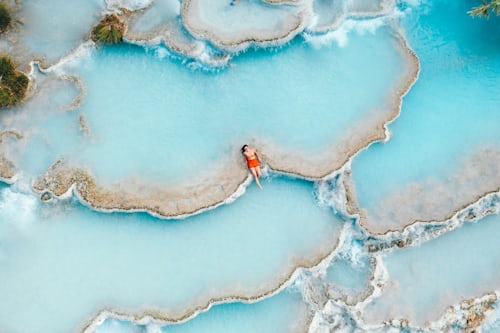
These deposits formed on Pamukkale’s steep slopes in the same way that stalactites do within caves. Over time, they gradually fanned out into pools. To get to these pools, you’ll have to trek all the way from the site’s lower entrance to the upper half, where these modest natural spas are located (barefoot to avoid damaging the travertine).
The pools near the top of the site are the hottest, while those near the bottom have lukewarm water.
Hierapolis city
Around 190 BC, King Eumenes II of Pergamon established Hierapolis as a fortified Greek colony. The city was a military outpost in the beginning and then transformed into a spa resort.

The city’s ruins have beautiful long roads and are surrounded by tall columns. Visitors can enter the Hierapolis ruins at the Antique Pool by walking up via the Pamukkale limestone terraces.
Don’t miss out on the chance to bask in the splendour of the ruins. In the northern half of the ruins, there is a Necropolis, and in the southern end, there is a Byzantine church.
Antique pool of Pamukkale
Near the Apollo temple, there are a couple of additional ponds worth visiting. These pools, unlike natural travertine pools, were sculpted out of the limestone by the Romans. With submerged columns and marble bits of the temple scattered in the water, it’s a very unique hot-spring experience. You’ve never had an encounter quite like this before!
In addition to the 50 Lyra required to visit the site, you must pay 50 Lyra to swim in these Roman pools.

The antique pool is free for children under the age of six, while children from six to twelve must pay 13 Turkish Lira. From April through October, the pool is open every day from 8 a.m. to 9 p.m.You can paddle around the space, which is kept at a constant 36 degrees Celsius. Marc Antony is said to have given Cleopatra this tiny pool as a gift. The structure collapsed into it after an earthquake, and it was simply left there. It is a very popular attraction in Turkey, visited by both residents and tourists.
Hierapolis theatre
If you visit the Hierapolis ruins, the theatre is the primary attraction. It sits on a hill, with a view of the remainder of the ancient Greek settlement below. It takes around 10 minutes to walk from the destroyed city’s entrance to the theatre. The theatre is immaculately maintained and retains much of its historic charm. The view from the summit is really stunning, and there are two levels of seats available. On one side, there are royal boxes for VIP seats with ornate décor that has weathered the ravages of time along the stage.
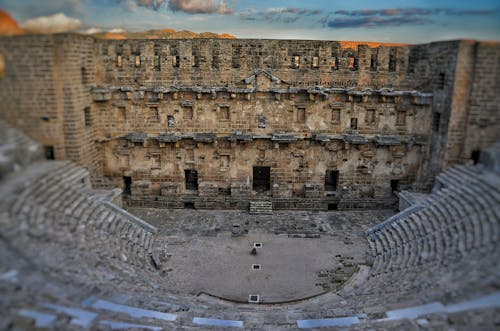
The entire theatre has been meticulously restored, and while there isn’t much to see or do, you will be seated in the same places that people sat centuries ago. This magnificent theatre is 100 metres long and has more than 28 rows. If you’re visiting Pamukkale in the winter, make a point of stopping by here. The sight is incredibly gorgeous to visit after sunset and the view of travertine terraces from the castle ruins will be outstanding. If you want to get the most out of your visit, go at sunset or sunrise.
Hierapolis museum
This little museum, housed in a former Roman bathhouse, houses an interesting collection of antiquities from Hierapolis.
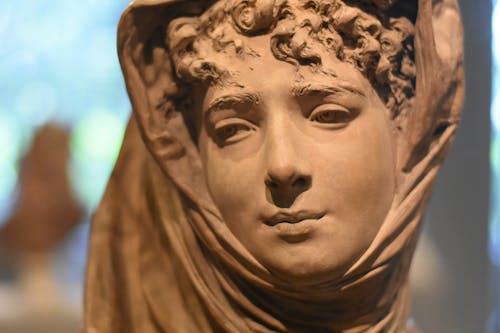
The museum’s visit will help to bring Hierapolis to life. It features exquisite art, stone reliefs, and ancient sarcophagi. The antiquities collection also included sculptures from the adjacent Aphrodisias site. Many artefacts such as intricate stone pieces is recovered from the site.
Also read: Turkey tour packages from India
FAQ
- What is the best time to visit Pamukkale?
The weather is usually quite comfortable between April and June which is the spring season in Pamukkale. - What is the opening hour in Pamukkale?
Pamukkale is open throughout the day. The ticket covers access to both the hot springs and the Hierapolis ruins. - How much does the ticket cost?
Tickets to Pamukkale and Hierapolis cost 60 Lyra per person - Is there any special pass for museum entries ?
All Turkish Museum Passes include admission to Pamukkale as well. The pass costs 375 Lyra, but it is well worth it because it allows you to visit over 300 museums and archaeological sites around Turkey. - Where to stay in Pamukkale?
While most guests prefer to stay in Denizli and take the bus to Pamukkale, we believe that staying at a hotel near the hot springs is preferable. You’ll be able to visit the site before it becomes overrun with tourists. - Where to eat near Pamukkale?
Pamukkale boasts a number of excellent restaurants where you can enjoy some of the best Turkish cuisine . Few well known restaurants are Kayas, Teras, White house. - How to reach Pamukkale?
You can travel from Denizil to Pamukkale via bus or taxi, from Istanbul to Pamukkale via flights - How much does taxi costs from Denizil to Pamukkale?
It costs 50 Lyra for taxi from Denizi which is a 20 minutes ride. - Is it safe to travel to Pamukkale?
Pamukkale is completely safe, but the white stones are very slippery so strolling should be done with caution. - What are the other attractions near Pamukkale?
Pamukkale natural park,Aphrodisias & Laodicea are some of the main attractions
Lets head to Pamukkale soon !
Get wowed over and over by beautiful landscapes in Pamukkale. It will be stunning and surreal and you never would have thought that such place existed in real
Also novel experiences are becoming a rarity in this digital age. Everybody is bombarded by so much media that it’s become so uncommon to see such things that genuinely blow our minds. This trip to Pamukkale will be one of those experiences for you
I hope you enjoyed reading our blog about Pamukkale ,which is undoubtedly one of the main sights in Turkey that you must see. Pamukkale is a small town, hence Continue reading Pickyourtrail Blogs to learn more about such fascinating locations throughout the world and to plan your dream holiday.
Related Itineraries

Marvellous 7 Night Turkey Tour Packages
- Flights excluded
- 3 star accommodations
- 2 activities
- Private transfer
₹ 1,79,668
Starting price/person
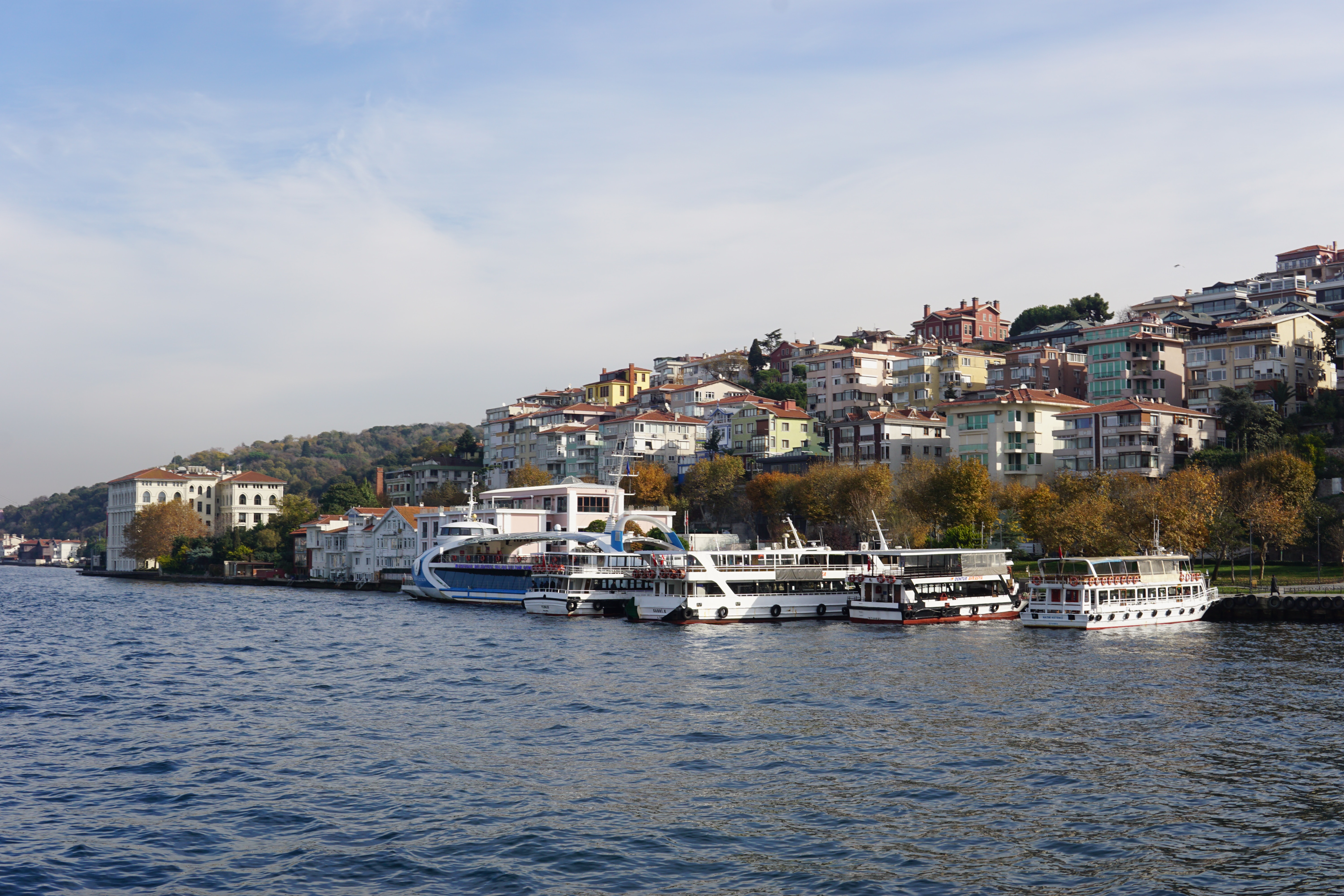
Magical 6 Days Turkey Holiday Packages
- Flights excluded
- 5 star accommodations
- 2 activities
- Shared transfer
₹ 1,29,572
Starting price/person

Spectacular 9 Night Turkey Travel Packages
- Flights excluded
- 3 star accommodations
- 4 activities
- Private transfer
₹ 1,82,372
Starting price/person
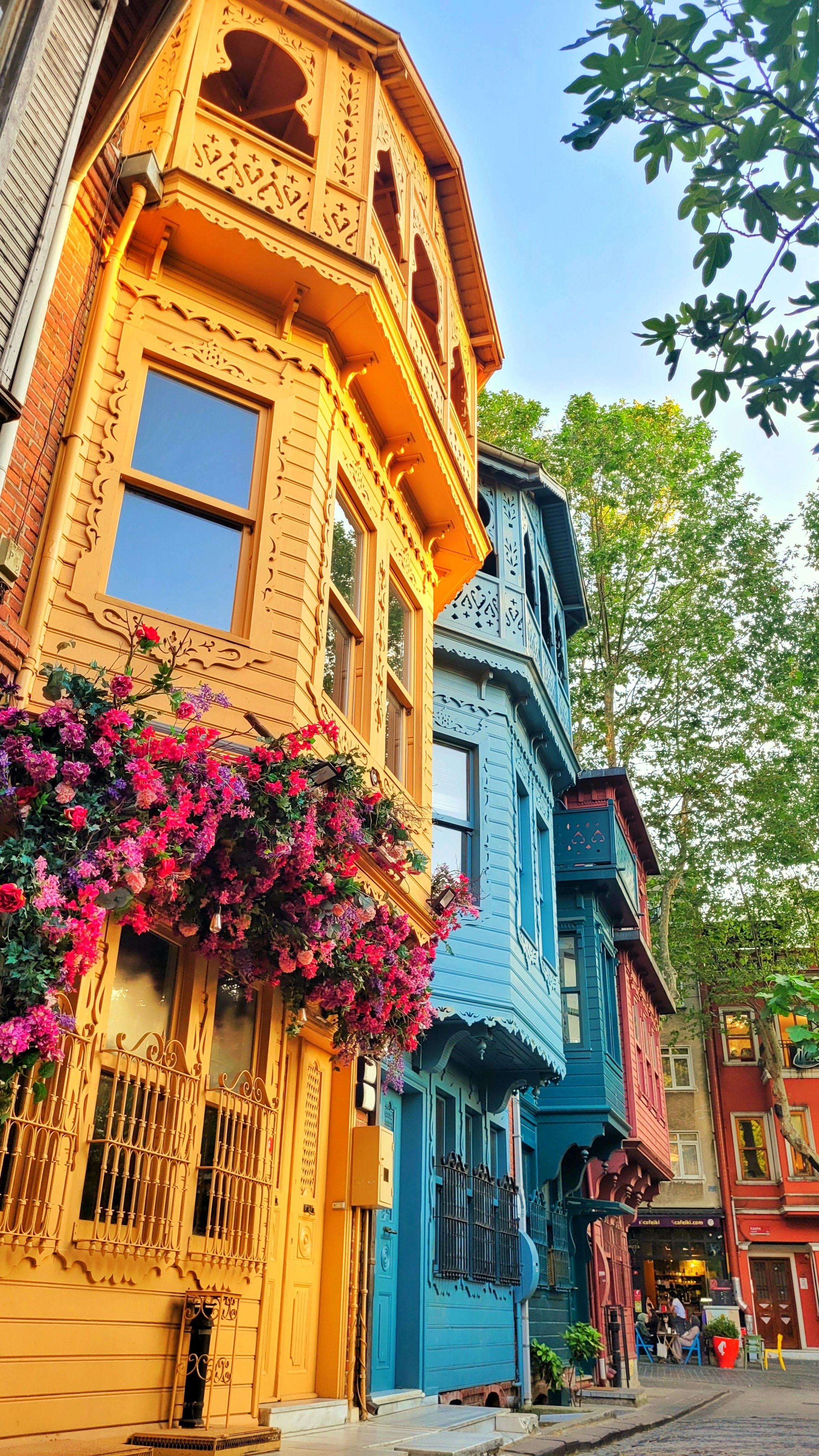
Fabulous 8 Night Turkey Packages
- Flights excluded
- 3 star accommodations
- 3 activities
- Private transfer
₹ 1,63,095
Starting price/person
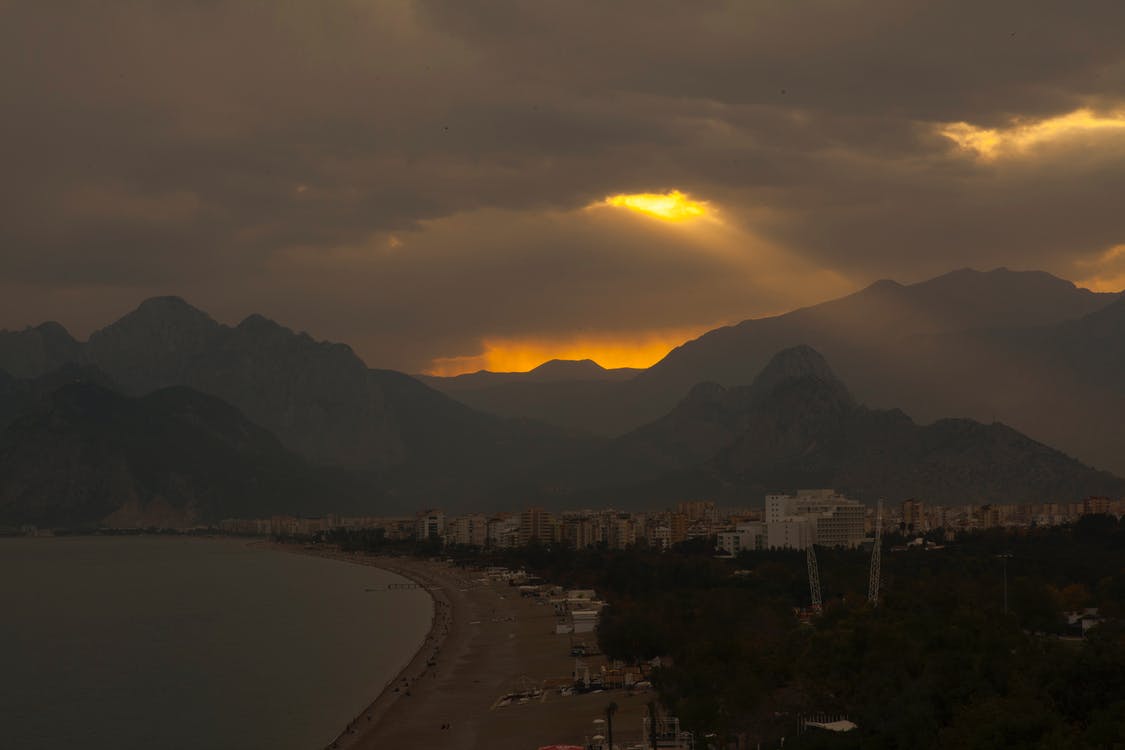
Ideal Antalya Turkey Holiday Packages
- Flights included
- 3 star accommodations
- 5 activities
- Private transfer
₹ 2,05,016
Starting price/person
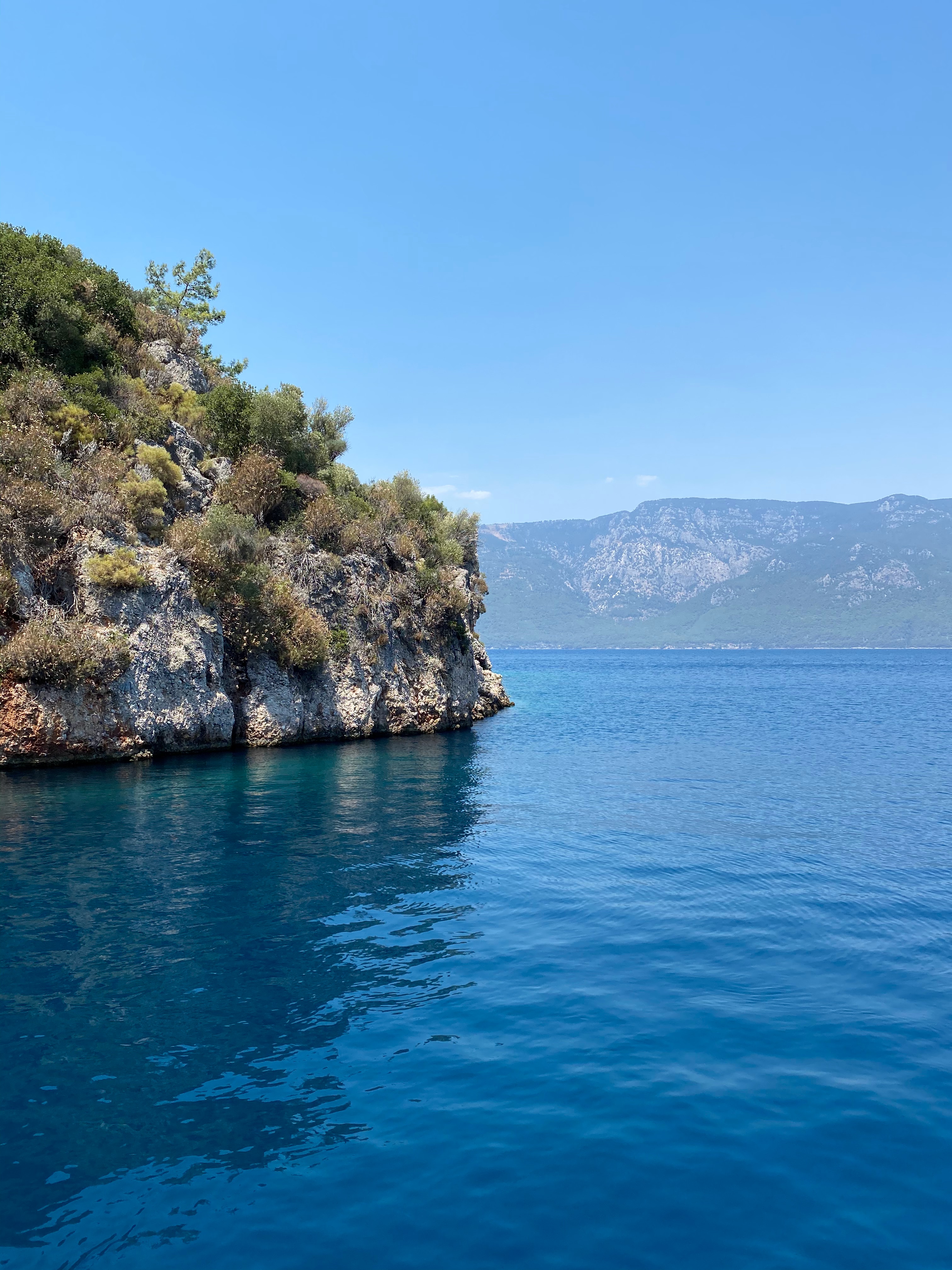
Dazzling 6 Night Turkey Trip Packages
- Flights excluded
- 3 star accommodations
- 2 activities
- Private transfer
₹ 1,37,594
Starting price/person

Scenic 7N/8D Turkey Tour Package
- Flights excluded
- 5 star accommodations
- 4 activities
- Private transfer
₹ 1,95,873
Starting price/person
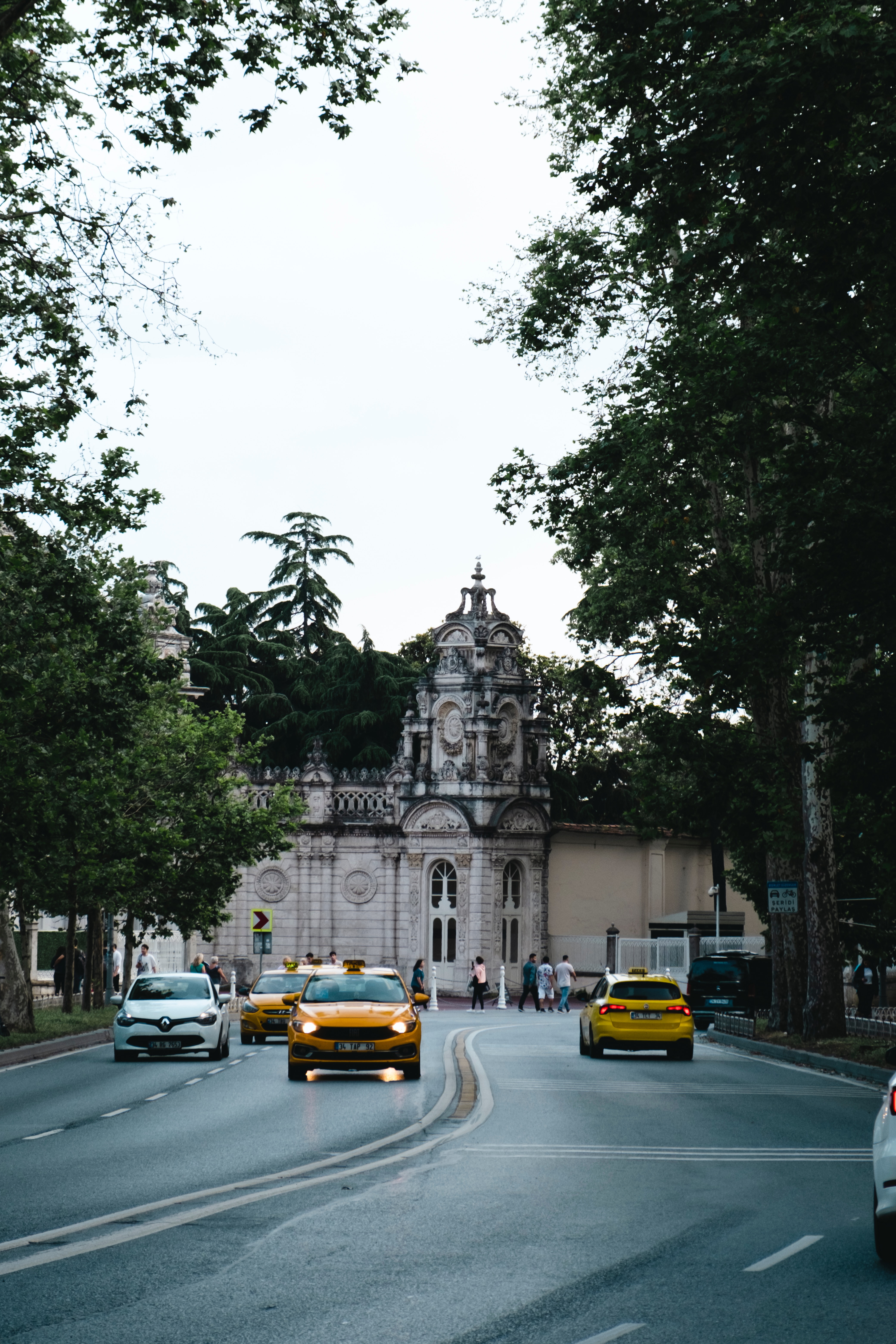
Perfect 4 Day Turkey Vacation Packages
- Flights excluded
- 3 star accommodations
- 1 activities
- Shared transfer
₹ 1,04,641
Starting price/person
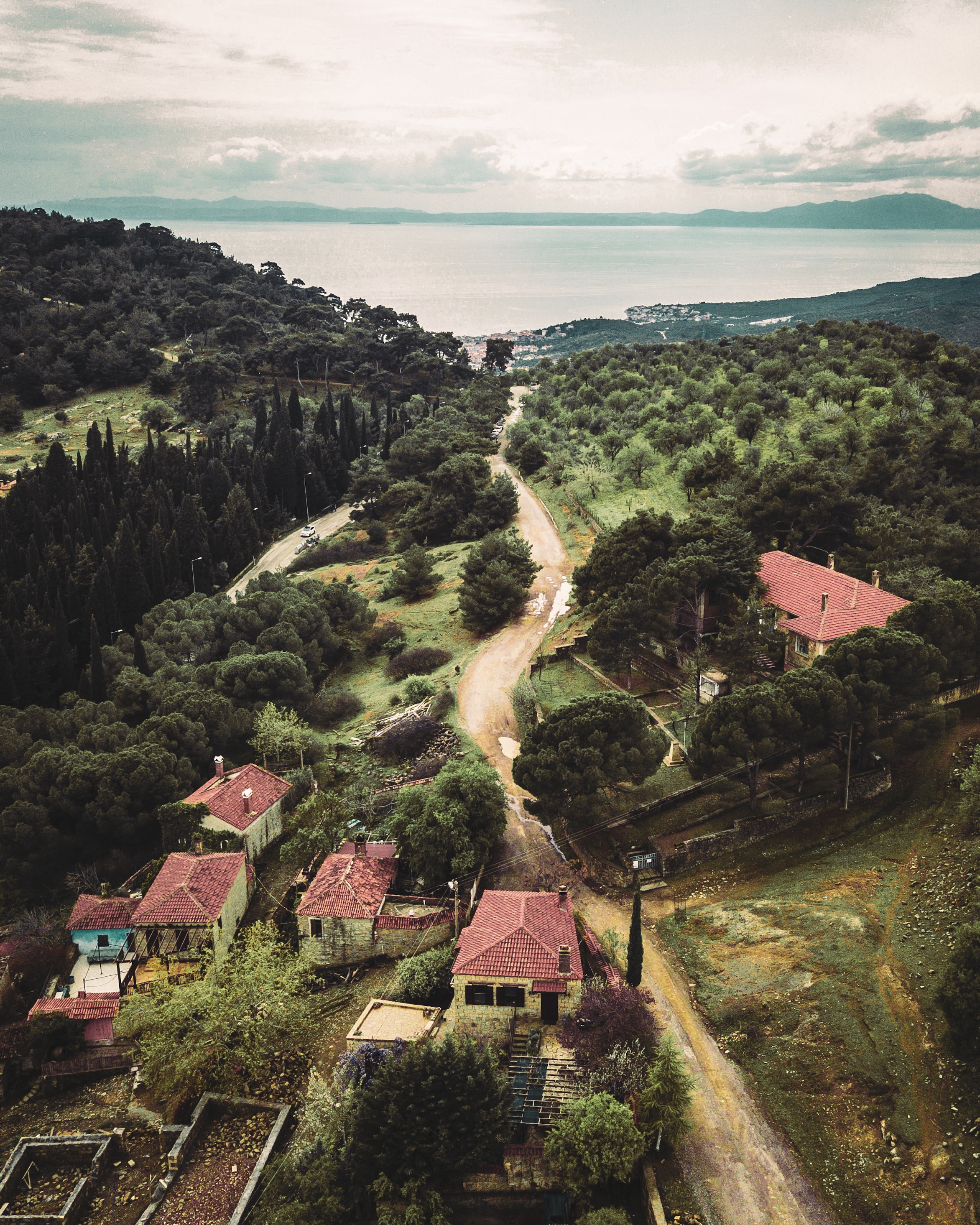
Rejuvenating 5 Night Istanbul Tour Package
- Flights excluded
- 3 star accommodations
- 2 activities
- Shared transfer
₹ 1,04,784
Starting price/person
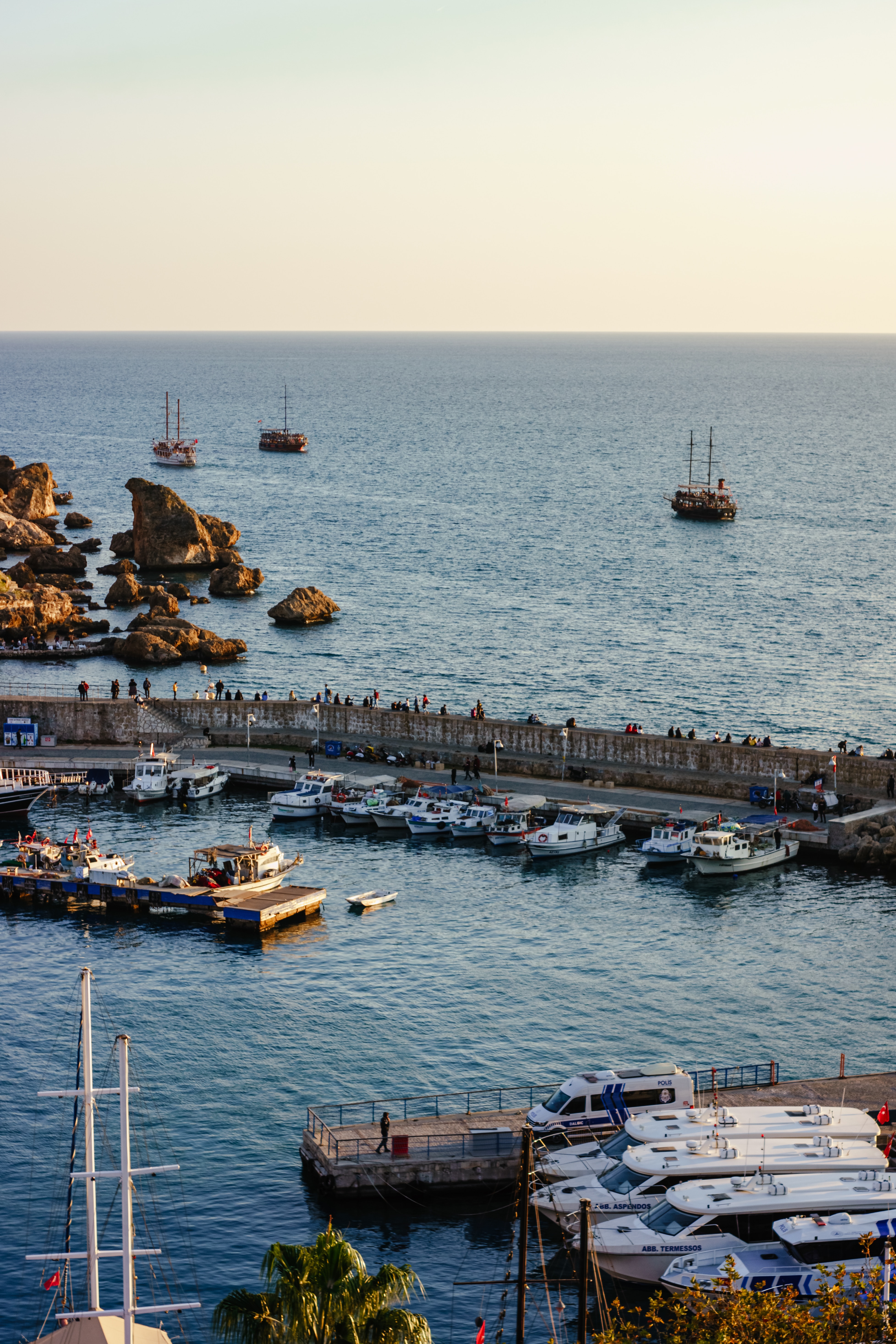
Fun 4 Night Istanbul Holiday Package
- Flights excluded
- 3 star accommodations
- 1 activities
- Shared transfer
₹ 1,05,517
Starting price/person


